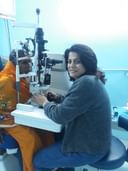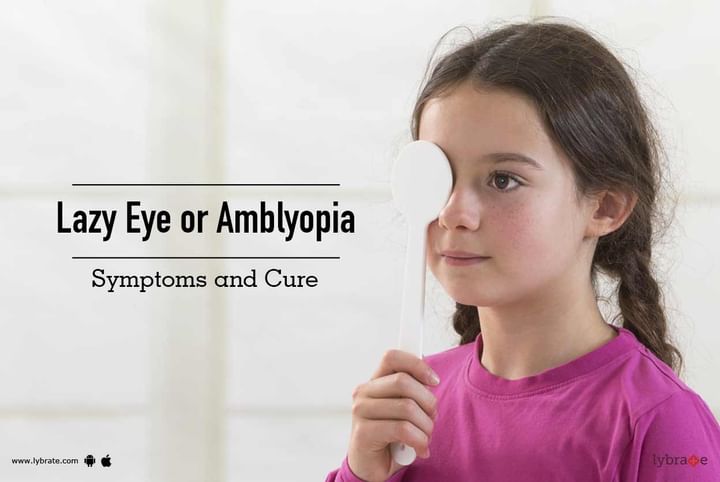Lazy Eye or Amblyopia - Symptoms and Cure
Amblyopia or Lazy eye is the eye condition in which vision is reduced and cannot be corrected with glasses or contact lenses. All the images seen by the amblyopic eye are not fully acknowledged by the brain. It always affects only one eye, but may be accompanied with reduction of vision in both eyes. It can cause loss of vision, including loss of depth perception and two-eyed 3D vision. It's treatment can yield improvements at any age, but early detection can offer the best chances for a cure. Recent research has proven that lazy eye treatment can be successful in older children and adults. Comprehensive vision examinations are required for infants, toddlers, and pre-school children for the detection of lazy eye or amblyopia.
When the brain parts related with visual processing do not function properly, problems arise with such visual functions as the perception of movement, depth perception and fine detail (acuity, clear eyesight and sharp vision). Amblyopia is the most prevalent neurological defect of vision in children and adults resulting from developmental problems in the brain. Any interference with clear vision in either eye during the first six years or 'critical' period of visual and brain development can cause a lazy eye.
Constant strabismus or the constant turn of one eye in any direction, be it inward turn or crossed eye is one of common causes of amblyopia. The differences in vision or it's prescription between the two eyes leads to refractive amblyopia. Sometimes congenital disorders or a physical blockage of an eye due to trauma, drooping lids, cataract or a blocked tear duct can also lead to amblyopia. Many parents and children are not aware of any symptoms, as amblyopia usually occurs in one eye only and a lazy eye condition can exist without a noticeable eye turn. The visual acuity tests in addition to the 20/20 eye test charts and eye examination with cycloplegic drops by ophthalmologists are necessary to detect lazy eye.
Vision therapy for the eyes and brain is a highly effective non-surgical treatment for lazy eye. It is a progressive program of vision exercises customized to fit the visual needs of each patient. It is conducted at the clinic and occasionally supplemented with exercises to be done at home or workplace. It improve visual comfort, ease, and efficiency and change how a patient processes or interprets visual information. When considering treatment options, it is important to understand that lazy eye results from neurological deficit or problems in the brain and surgery for lazy eye is performed on the muscles on the outside of the eye. Most of the cases, lazy eye surgery provides cosmetic benefits and does not improve the patient's vision, hence options for vision improvement should be exhausted before eye muscle surgery is considered.



+1.svg)
